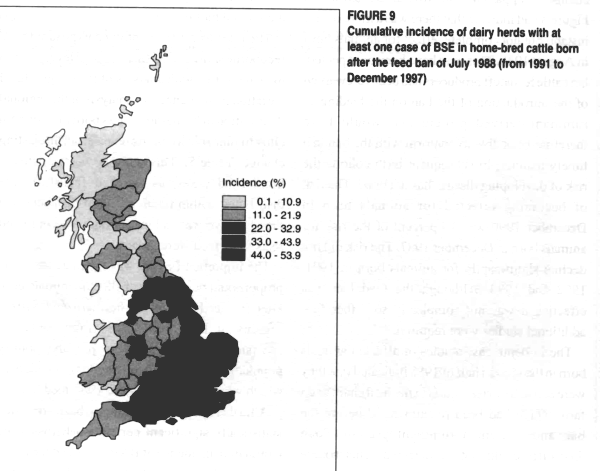When What
1871 At Ujiji near Unyanyembe in Africa Henry Morton Stanley said, “Dr Livingstone, I presume?” David Livingstone was one of many who sought the origin of the Nile River. Below is a map of his treks.
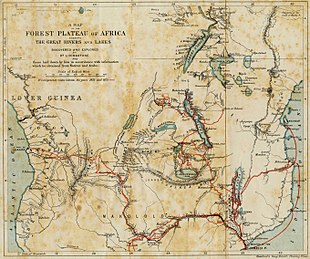
1903 Mary Anderson patented a “window cleaning device for electric cars and other vehicles to remove snow, ice, or sleet from the window.” She got the idea riding electric street cars in rain. It became standard equipment on automobiles by 1913.
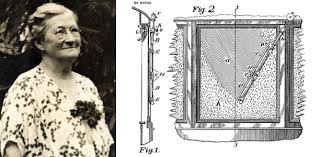
1911 The Andrew Carnegie Foundation took legal form. One of its major efforts was to build free public libraries like the one in which I learned to read and read. The Carnegie Foundation built the building ain 1903 before the Foundation was incorporated and the local community paid for its collection, staff, and upkeep. Been unable to shake the habit ever since.
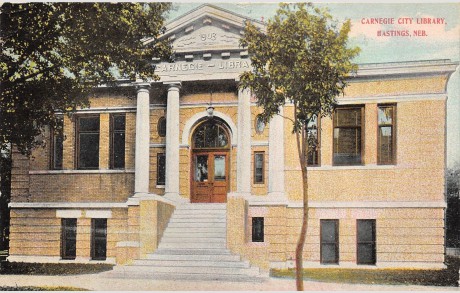
1928 The first installment of ‘Im Westen nichts Neues’ by Erich Maria Remarque was published. He had been in the western trenches at 18, wounded five times: gassed, shot, bayoneted, hit by shrapnel, and shot again. In 1933 the book was burned and he fled to Switzerland. In 1938, his German citizenship was revoked on the grounds that he had NOT done war service, making him a stateless person. In 1943 his sister was judicially murdered for his crimes. Her surviving sister was charged 495.80 Reichsmark for the murder. Sounds like something Faux News would make-up, but all too true, unlike Faux News.
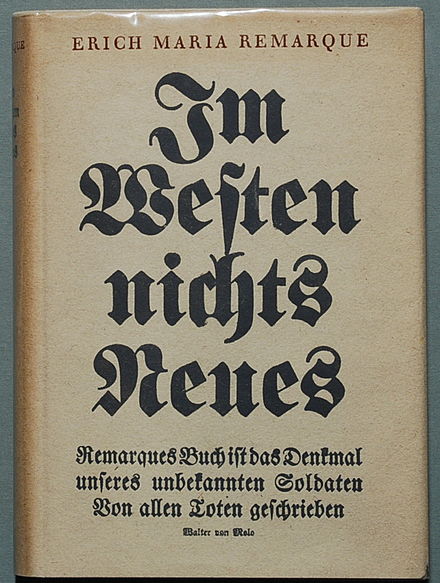
1969 Sesame Street debuted on PBS television. It was conceived and promoted by Joan Cooney, a former documentary producer for public television. Muppet characters, created by Jim Henson, are as varied as the human cast, like the crew of the Enterprise in 1966. Imagine how many of the original cast today would be excised by President Tiny Twit.
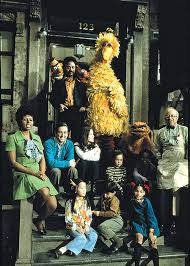
Category: Practice
9 November had its moments.
1925 Robert Millikan presented evidence of cosmic rays to the National Academy of Sciences at Madison, Wisconsin. A graduate of Oberlin College where the sky did not fall when women were admitted, he showed the extraterritorial origins of the energies he and others had recorded. Many other kinds of energies from space have since been identified. He got a Nobel Prize. We have been bombarded with such cosmic rays.
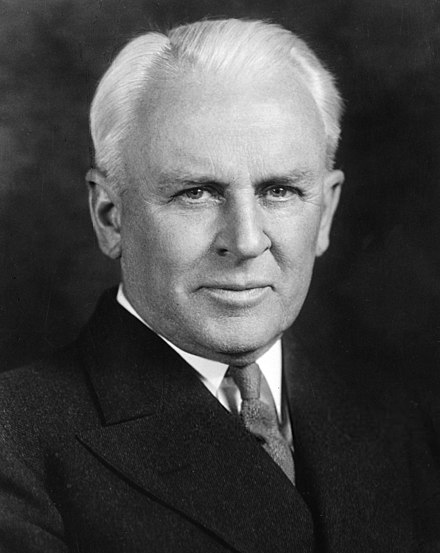
1961 The Professional Golfers Association (USA) ended the caucasians only rule (reaffirmed in 1960) in a year when a darling of the South African apartheid regime, Gary Player won the open. It was the last major sports organisation to end this explicit racism and did so with reluctance only after repeated litigation by individuals, clubs, and associations. It was finally coerced into it by Stanley Mosk, Attorney General of the State of California, who had threatened to disrupt a scheduled tour with court orders, subpoenas, and writs. Speaks for itself.

1972 Discoveries of bones in Tanzania by the Mary and Louis Leakey caused the origins of humanity to be revised backward by one million years. These two were inveterate diggers, shifters, analysers who spent most of their lives in tents in Kenya and Tanzania. EVeryone’s family tree got longer as a result.

1980 Iraq and Iran War started and continued until 1988. After half a million deaths, it ended at the status quo ante without any change of borders or attitudes. It was largely trench warfare, featuring poison gas, child soldiers, human wave attacks, prisoners used as human shields with dissent groups from each country siding with the other to add to the mayhem. Within each country it was also the excuse for ethnic cleansing.
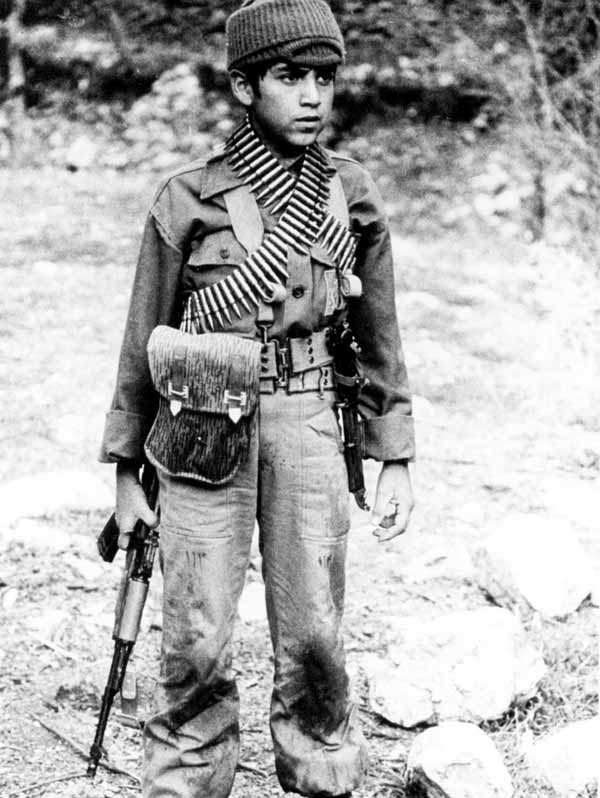
1989 The Berlin Wall opened for the first time since 1961. It was about 150 kilometres in all, and about 140 people were killed trying to cross it, including two just a fortnight before it crumbled. Amazed me at the time, like the Cold War, the Berlin Wall seemed immutable and eternal, and then it fell over. Been there and seen Checkpoint Charlie and more, a couple of times.
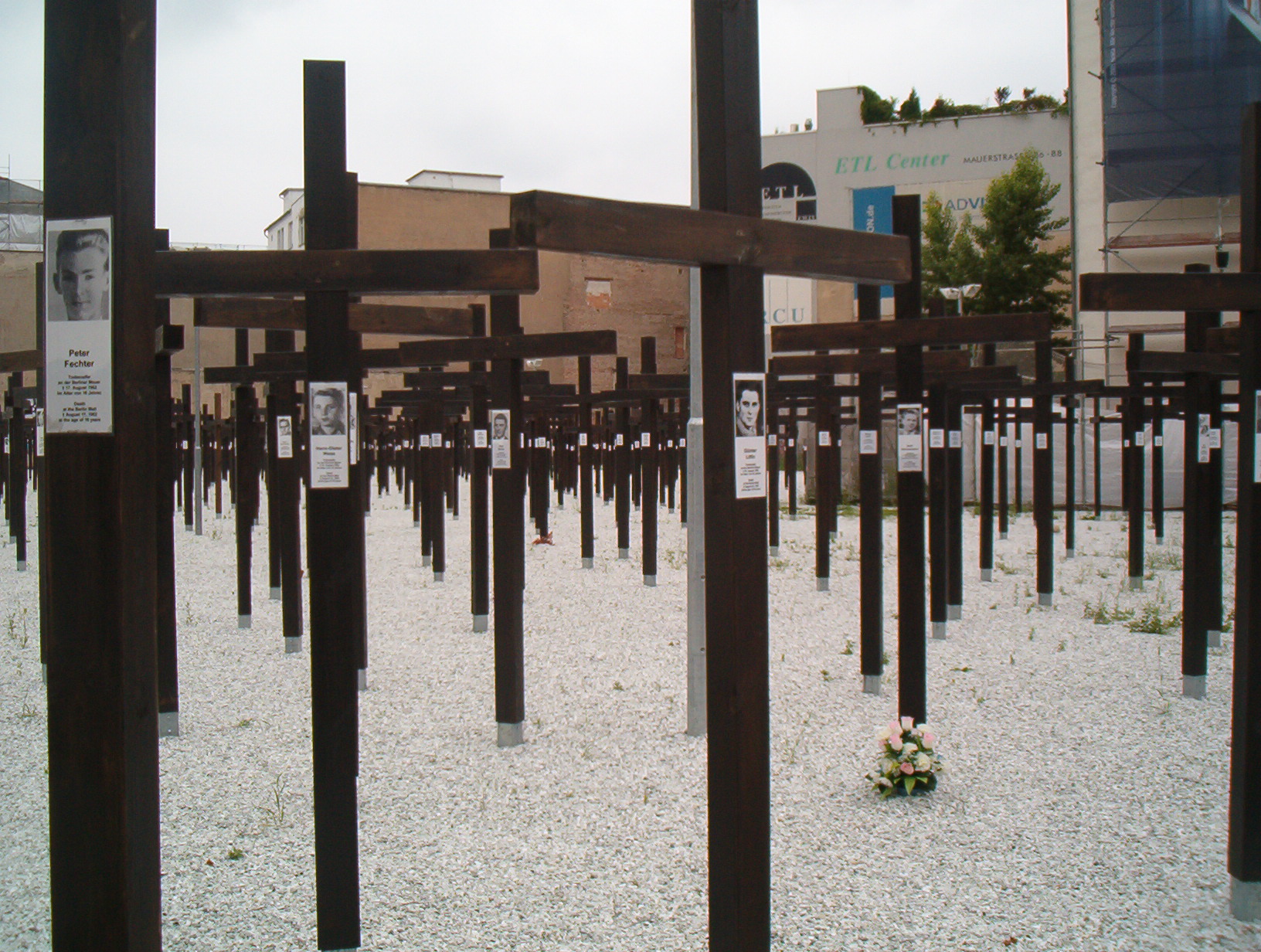
8 November, the old news is best.
392 Emperor Theodosius of Rome banned all pagan worship in the empire in favour of Christianity. Christians celebrated by murdering pagans.
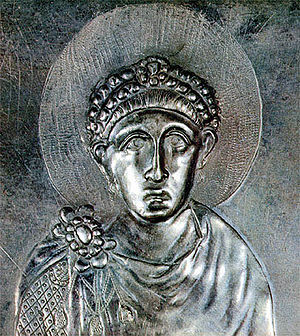
1519 Henán Cortés met Aztec emperor Montezuma in Mexico City. It turned sour soon enough, chocolate or no chocolate. We have been there and hope to see Montezuma’s feather cape in Vienna sometime.
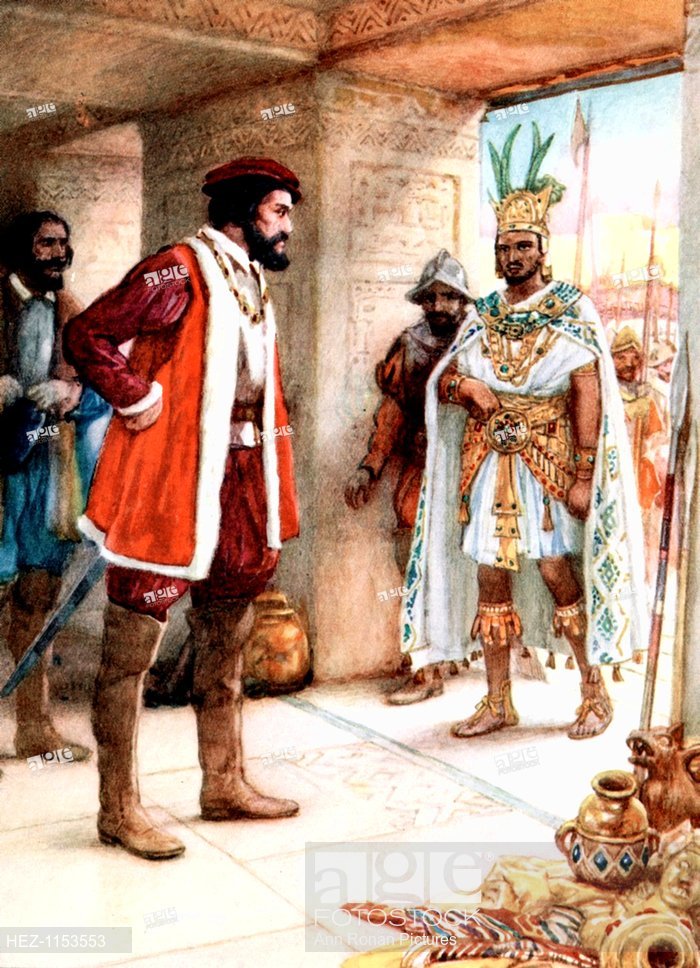
1602 The Bodleian Library at Oxford University opened. Thomas Bodley, a graduate of Merton College, had married a wealthy woman and when she died, he offered to rebuild the library at Oxford University which had suffered during the English Civil War. Both the collection and the building had been sacked by soldiers of the battling armies of Christians. There was a time when readers had to purchase a copy of the catalogue to use the library. Been there.
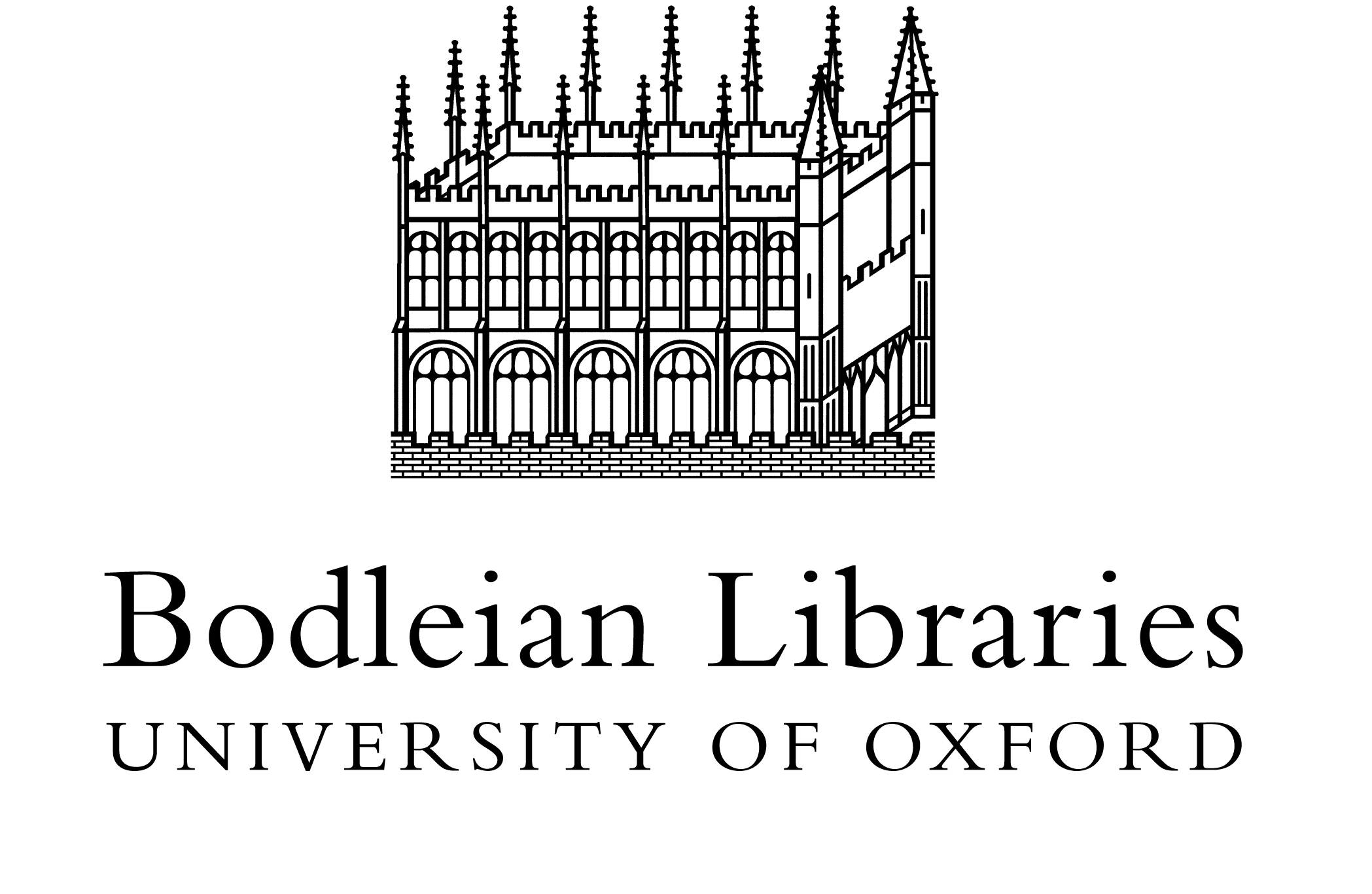
1895 In Wurzburg Germany, Wilhelm Conrad Röntgen observed X-rays which made the invisible visible. X-Rays were used within two years to locate bullets for surgeons. The ‘X’ meant the source of the radiation was unknown at the time. Had a few.
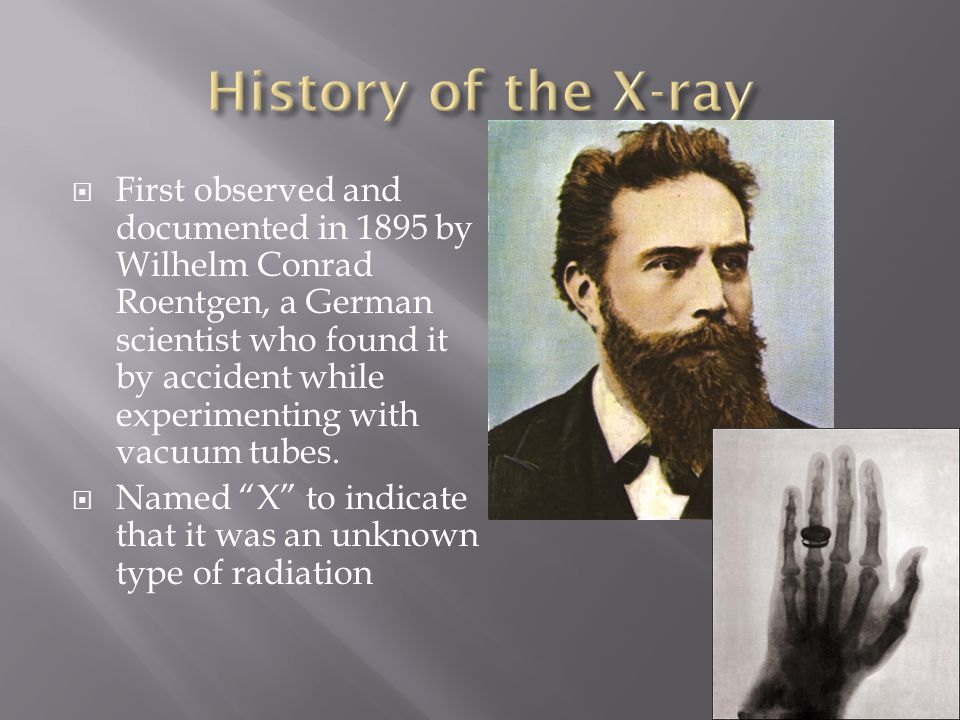
1946 Nova Scotia, Viola Desmond refused to leave a whites-only area in a movie theatre. She was jailed, convicted, and fined. Unlike Rosa Parks, Desmond had no organised support and went it alone. Her likeness now graces the $C 10 bill. Nova Scotia had been a terminus for the underground railroad that transported runaway slaves north.
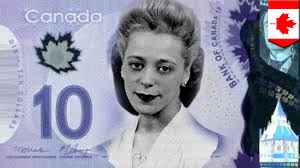
7 November
1512 In a regime change Niccolò Machiavelli was dismissed from the Republican chancellory by the acolytes of the de’ Medici family. Most of the conventional wisdom, some propounded by the man himself, about Machia is erroneous. See below for details.
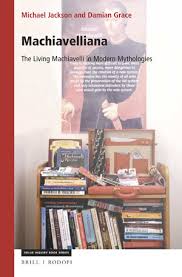
1916 Jeannette Rankin from Montana became the first woman to be elected to the U.S. House of Representatives. A lifelong pacifist she was the only member of Congress to vote against declaring war on Japan after the attack on Pearl Harbor in 1941. That ended her political career. She was crucified by the press apart from stalwart William Allan White of the ‘Emporia Gazette’ who recognised her moral courage to stand by her convictions even in these circumstances. She had likewise voted against the declaration of World War I in 1917 along with a hundred others, all men.
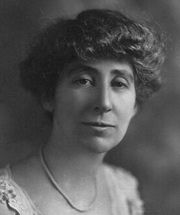
1929 The Museum of Modern Art opened in NYC in the building pictured. Rockefeller money made it happen. Been there.
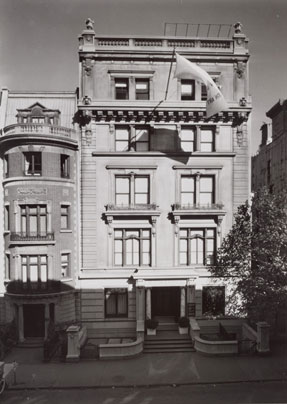
1990 Máire Bean Mhic Róibín became the first woman elected President of the Republic of Ireland, that is Mary Robinson. She started out in the Dublin city council in 1979 and kept going. Saw her give a keynote address at a conference in D.C. once upon a time.
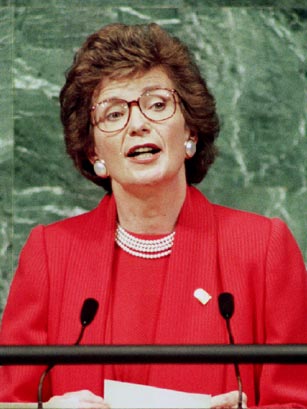
2012 Voters in Maine, Maryland and Washington approved measures for same-sex marriage. Hey, what happened in Minnesota?
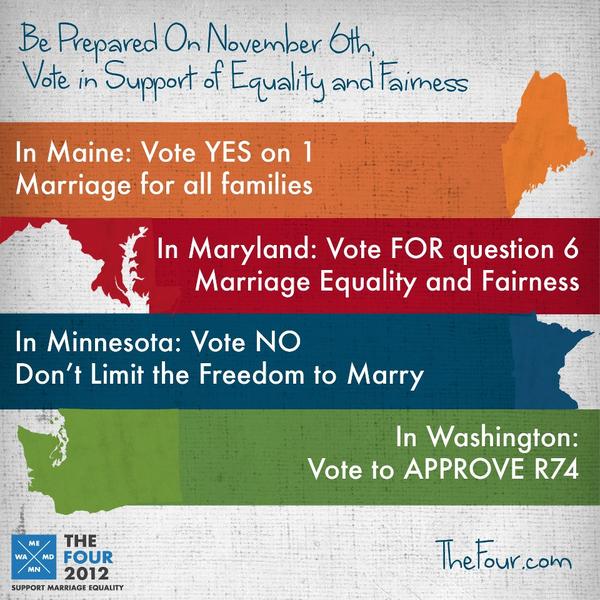
5 November has quite a history.
1605 The Gunpowder Plot of Guy Fawkes failed. The plot was to displace King James I with a Catholic and annihilate protestants. He had twenty barrels of gun powder in the cellars under parliament where the king was scheduled to appear.
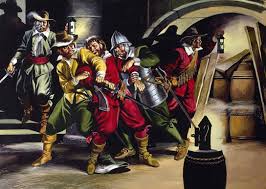
1872 Susan B Anthony was arrested in Rochester, New York for voting for U S Grant in a presidential election. She refused to pay a fine and the court declined to take any further action. She was a tireless campaigner for womens suffrage.
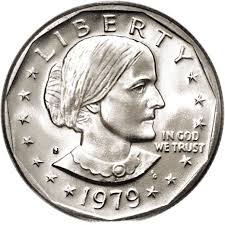
1893 Twenty-year-old Willa Cather began publishing a column called ‘As you like it,’ in the Nebraska State Journal of Lincoln. She loved the Great Plains and its peoples, new and old, and more.
We have made pilgrimage to Red Cloud more than once.
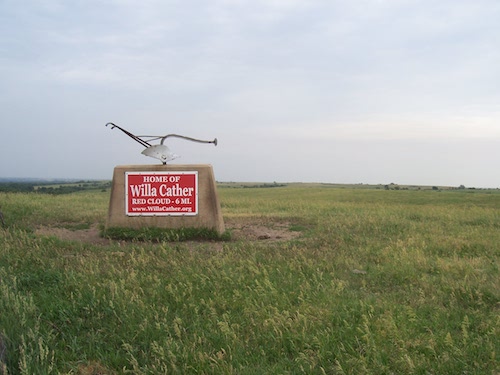
1935 Parker Brothers company launched Monopoly, a game of real estate and capitalism at the height of the Great Depression. Played many a game of that.
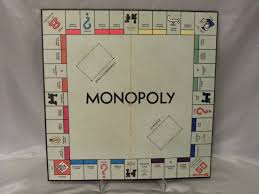
1956 The ABC’s first television broadcast. JD was still reading the news to me in 1974.
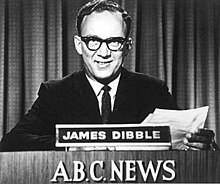
6 November has some old news.
1572 A supernova (SN1572) was observed in the constellation now known as Cassiopeia. Many observed it including Tycho Brahe in Denmark. He was not the first to see it but his measurements and analysis were the most precise and comprehensive. We went to a planetarium named for him in Copenhagen and saw his observation tower in Prague, too.
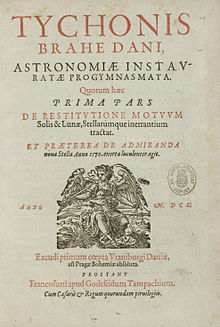
1917 The Bolshevik launched a coup d’etat against the Kerensky government in the Winter Palace, now know as the Hermitage. They entered the white dining room at 2:10 AM to arrest the remnant of the provisional government cabinet. Kerensky had left to mobilise loyal troops and kept going. I heard him give a talk as an undergraduate. We have shuffled through this room and down the stairs the Bolsheviks came up.
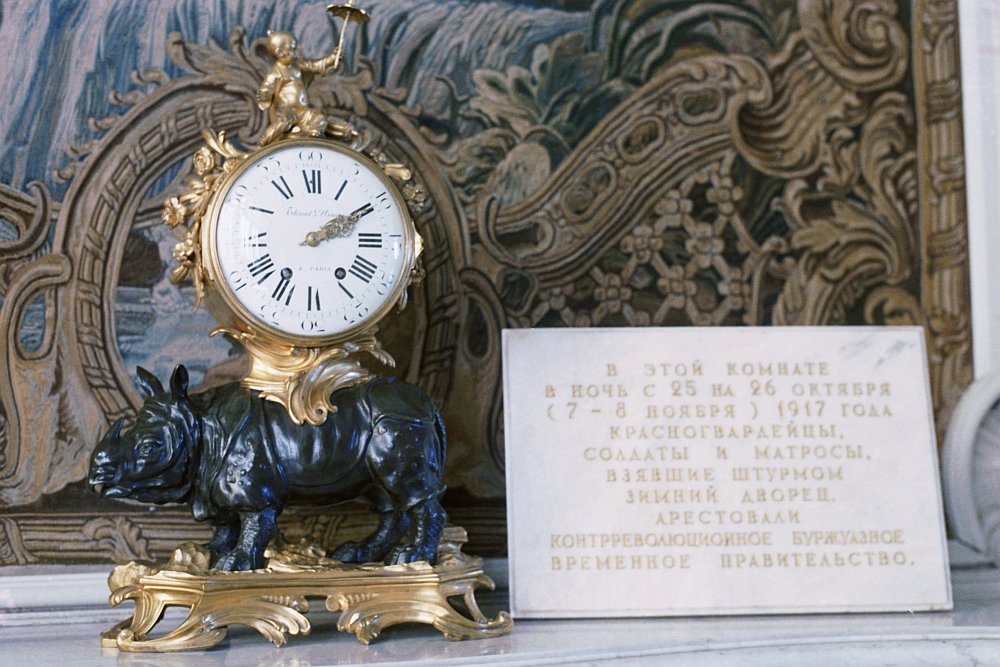
1867 The Canadian House of Commons met for the first time with Conservative John A MacDonald as Prime Minister.
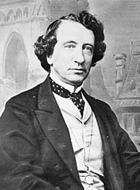
1870 Louisa Ann Swain in Laramie Wyoming became the first woman to cast a vote in a federal election. In 2008 Congress designated 6 November as Louisa Swain Day. We have been to Laramie but in our ignorance we did not see this statue in front of the Women’s History House.
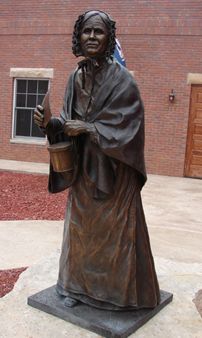
1962 UN General Assembly voted to condemn South African apartheid and called on member states to boycott it.
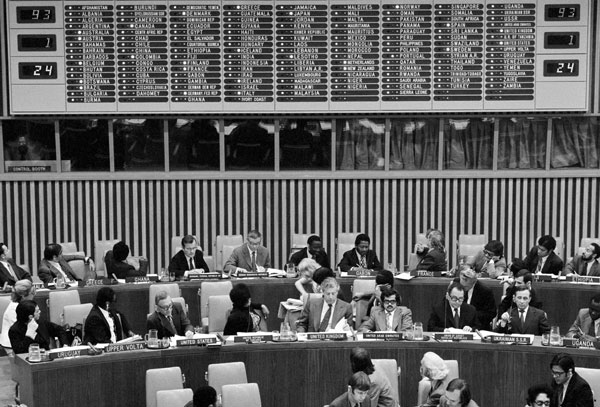
1999 Australians voted against becoming a republic in a national referendum. Only in the Never-Never Land of the ACT did the republic secure a majority. It was a dreary campaign in which the self-styled Republicans vied with each other for the spoils of the victory they assumed, rather than working for it. That is, individuals modestly put themselves forward as the president of a future republic, including some known to me personally. Yuck.
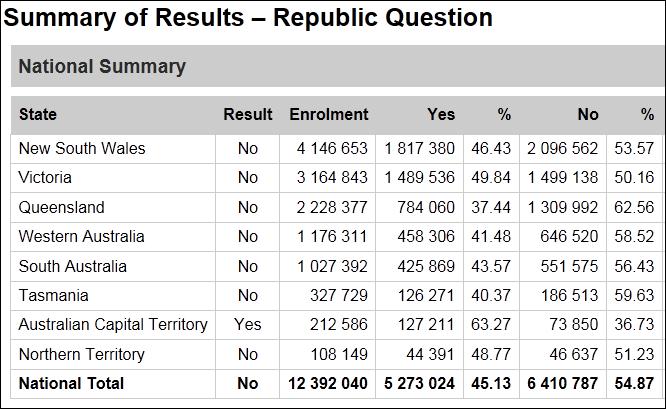
4 November has been quite a day!
1879 James Ritty, saloon keeper of Dayton Ohio, patented the first cash register to reduce pilfering by bar tenders. Bars, I have known a few.
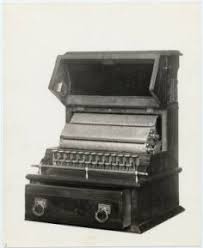
1890 The Prince of Wales opened the first London Underground station in a deep-level tube line, the City and South London Railway, between King William Street (close to today’s Monument station) and Stockwell. Electric locomotives towed carriages with small opaque windows, nicknamed padded cells. Used the Tube many a time.
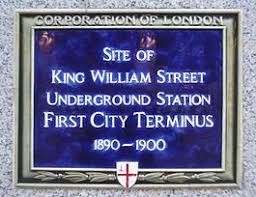
1922 Archaeologist Howard Carter found the entrance of the tomb of King Tutankhamen. A water-boy stumbled under a load and dislodged stones that revealed a cut step. Carter had been digging in Egypt for nearly thirty years and realised the potential significance of such a step, covered it with earth, and telegraphed Lord Carnarvon, his patron, to come and have a look. Seen King Tut artefacts at museums here and there, Sydney and Berlin.
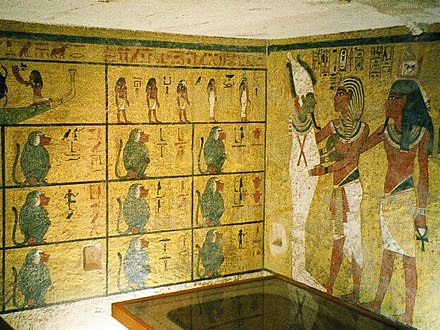
1924 Nellie Taylor Ross and Miriam Ferguson were elected the first and second women governors of Wyoming and Texas, respectively. The sky did not fall in either state, despite that being widely predicted. Nor did either of their male opponents commit suicide at the shame. Been to both states.
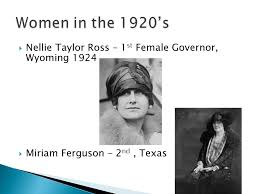
1993 The Maastricht Treaty established the European Union, paving the way for the free movement of people and goods and the Euro. In the end of year round up in 1993, the ABC Television news did not feature this treaty but did include bus crashes in India, and grass fires in California. Ah news-judgement is what the national broadcaster is famous for. Drove to Maastricht once to confer with a colleague about a project and found the geography in that area is hilly, very unlike elsewhere in the Netherlands.
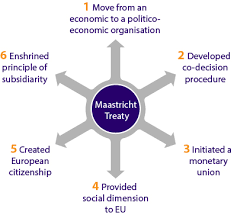
3 November then….
1507 Messer Gherardini commissioned a painting of his wife. It’s still not done. The painter was an inveterate revisor and carried it around for nineteen years daubing at it now and again, and then watching the paint dry. It was in his possession when he died in France as a guest of the King and it passed into the patrimony of that nation. Gherardini never got back the deposit he had paid.
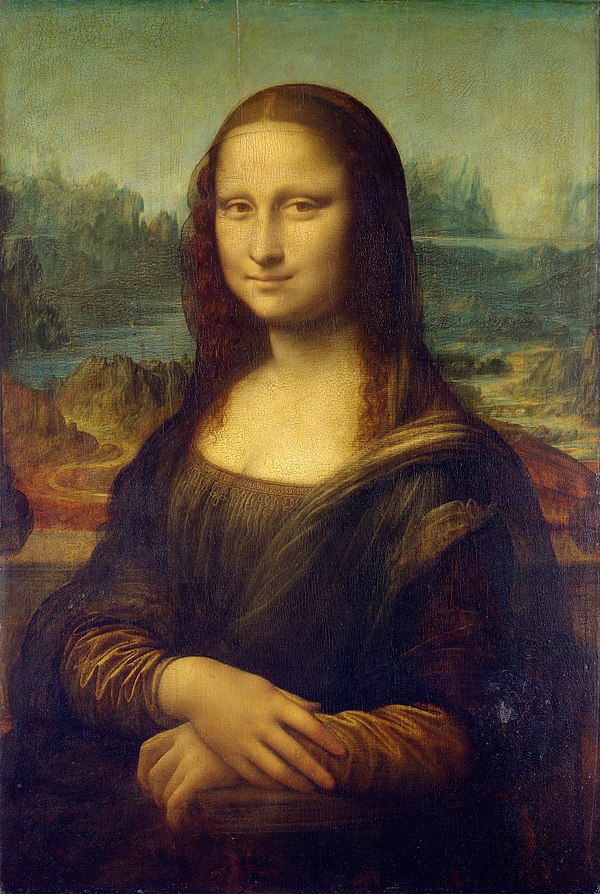
1892 The first automatic telephone exchange went into service in La Porte, Indiana. The public demonstration was greeted with much fanfare, including a brass band and a special train run from Chicago. Guests included power company executives, journalists, entrepreneurs, inventors, and two representatives of the Russian czar. Almon B. Strowger, a local undertaker, conceived and built it. The Strowger switch remains vital to the inner workings of many a telephone. For years afterward some people preferred to call an operator rather than use this new fangled iPhone.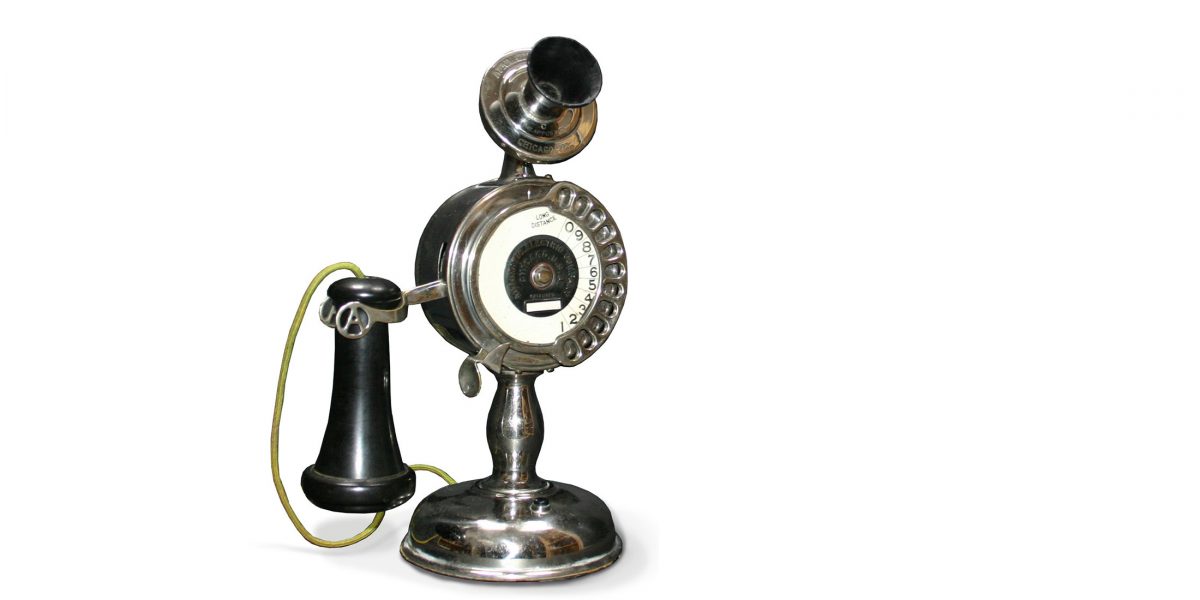
1913 First modern elastic brassiere was patented by wealthy New York socialite born Mary Phelps Jacob. When dressing for yet another ball she rejected the proffered whale bone corset and told her maid, ‘Bring me two of my pocket handkerchiefs and some pink ribbon … and a needle and thread and some pins.’ Together they fashioned the handkerchiefs and ribbon into a simple bra. The elastic came in the next iteration. After the dance she was besieged by other women who wanted to do likewise. She founded the Fashion Form Brassière Company but had little interest in running it and sold it for a pittance. She was already wealthy and stayed that way.
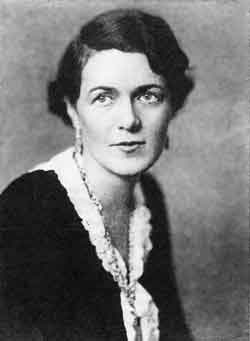
1930 The mile long Detroit-Windsor tunnel opened. An engineering wonder at the time because it had to be very deep to get under the lake bed. At four dollars the toll was about half the cost of using a ferry to transport an automobile across the lake.
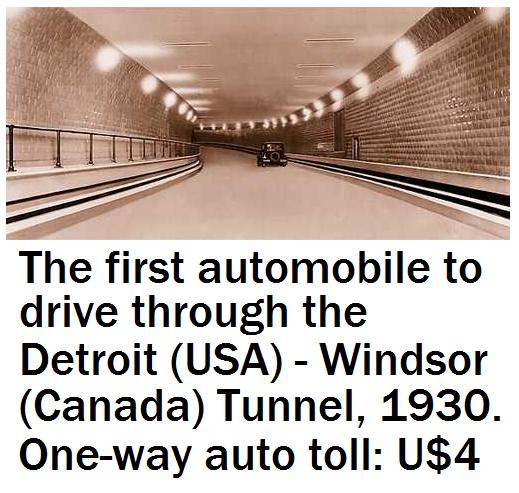
1953 Clarence Birdseye marketed frozen peas, heralding the frozen foods advent. The first test marketing was in Springfield Massachusetts as pictured below. Birdseye was an entrepreneur as a child and naturalist from birth. His family and friends called him Bugs because of his fascination with creatures great and small. When he left college he worked for the United States Department of Agriculture where he saw great bounty in food go to waste, and in the west and northwest he experienced freezing temperatures. These two came together in his mind. In time he sold the company for a mint and used the money to continue experimenting on food preservation to the end of his days.
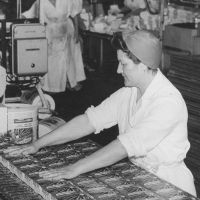
2 November is a day of days. (Huh?)
1698 Scottish settlers made landfall in Panama, establishing the ill-fated Darien colony. The Scots hoped to export haggis, bag pipes, and wool to Central America, having denounced evidence of the climate there as false facts. The Scots had decided they needed an empire to rival England.
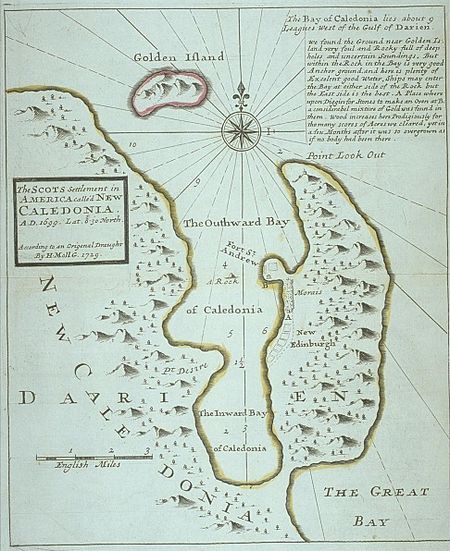
1868 New Zealand became the first country to adopt a standard national time. Local time was gone.
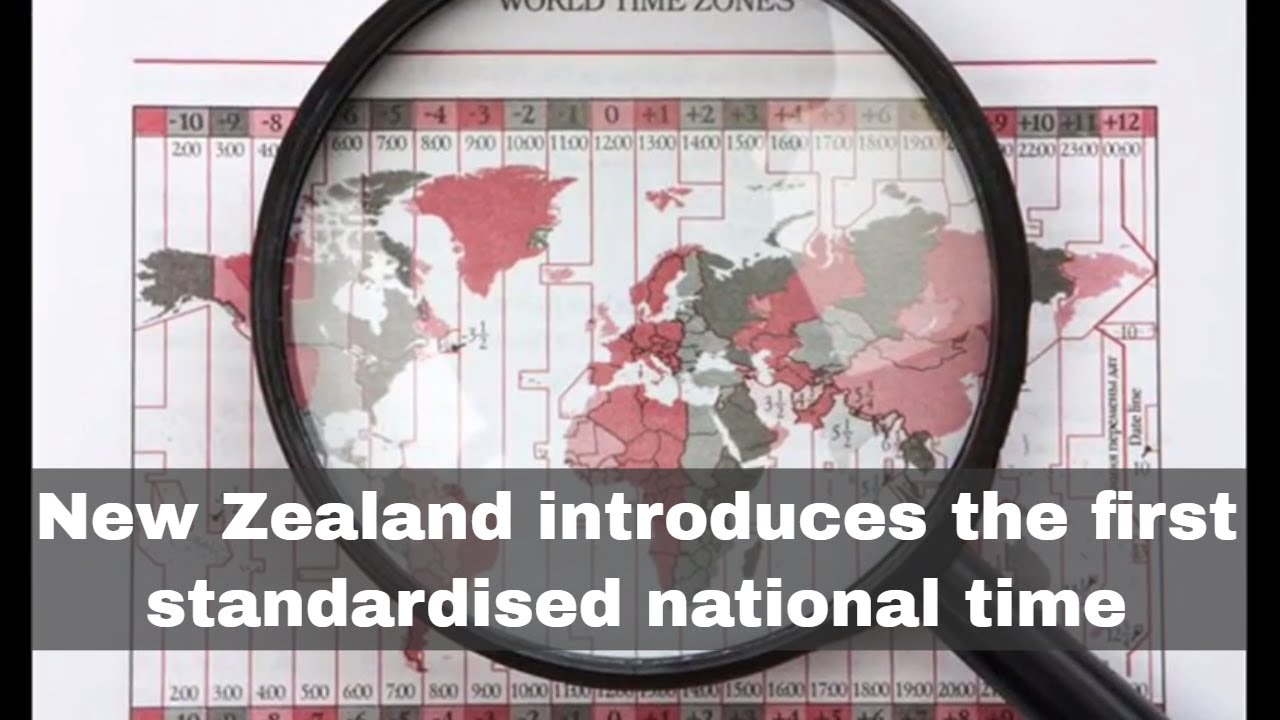
1922 The Queensland and Northern Territory Air Service (Qantas) established its first regular passenger air service (between Charleville and Cloncurry). Pictured is its first passenger. Customer service has remained unchanged since.
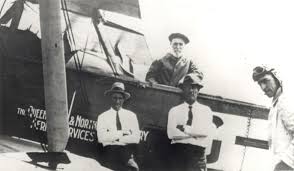
1948 Despite unanimous predications and polling Harry Truman defeated Thomas Dewey in the United States presidential race. Truman was gracious in victory and Dewey was dignified in defeat. So different from today. There is plenty of video on You Tube.
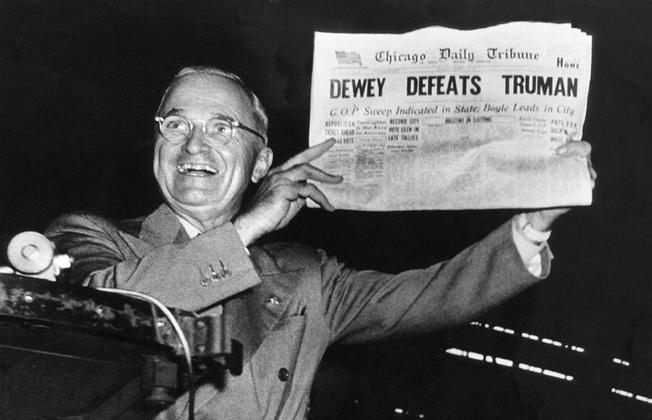
1960 Penguin Books was acquitted of the charge of publishing obscenity — the use of four letter words — in the case of D. H. Lawrence’s ‘Lady Chatterley’s Lover.’ The trial was the best free publicity this overwrought and boring novel ever had. The defence was ‘literary merit’ per an act written, introduced, and steered through by Roy Jenkins.
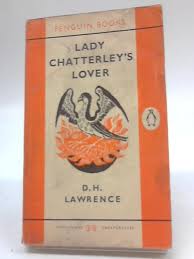
1 November…..
1512 St Peters in Rome was opened to the public to view Michelangelo’s artwork on the ceiling. They are still viewing it.
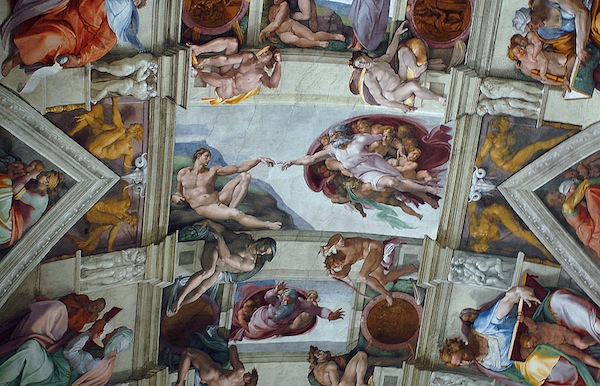
1755 An earthquake followed by a tsunami and then a fire destroyed much of Lisbon, killing as many as 90,000 people. We have been to Lisbon and saw some markers of the extent of the flooding.
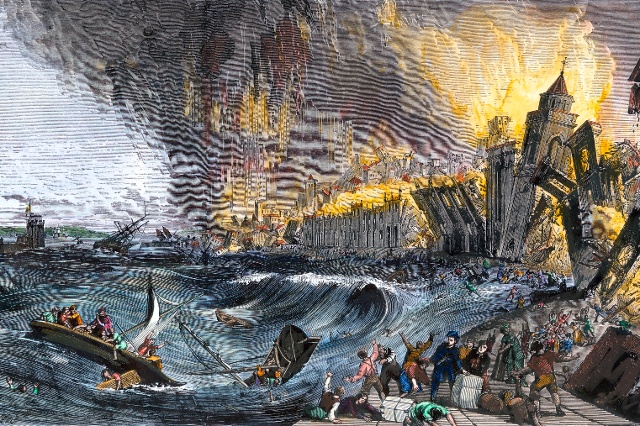
1914 The first convoy of Australian and New Zealand troops departed from Albany in Western Australia for the Great War in Europe. These men were all volunteers. Little did they know what they would find in Belgium.
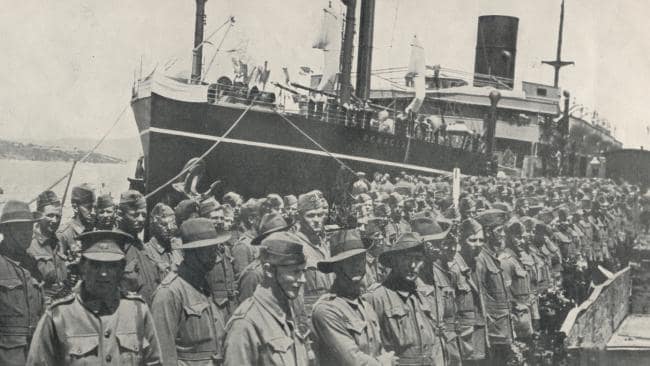
1982 Honda opened a factory in Ohio, the first Asian automobile company to manufacture in the USA. The first automobile is pictured below. We had a Honda Accord for years, but ours was made in Japan.
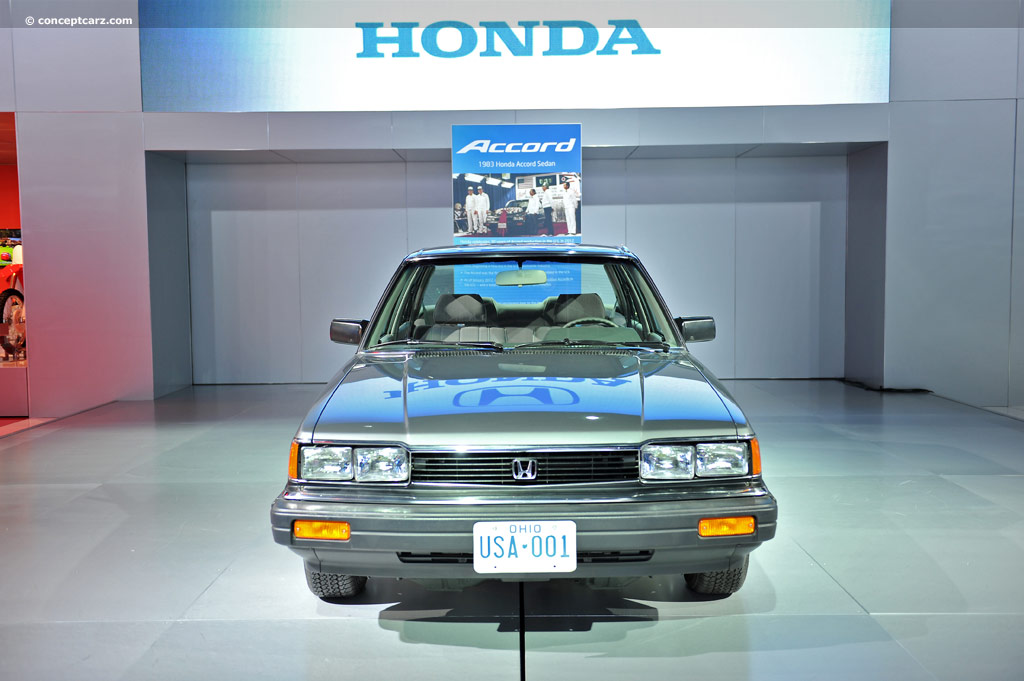
1986 The first case of Bovine spongiform encephalopathy (BSE) — mad cow disease — was diagnosed in England.
